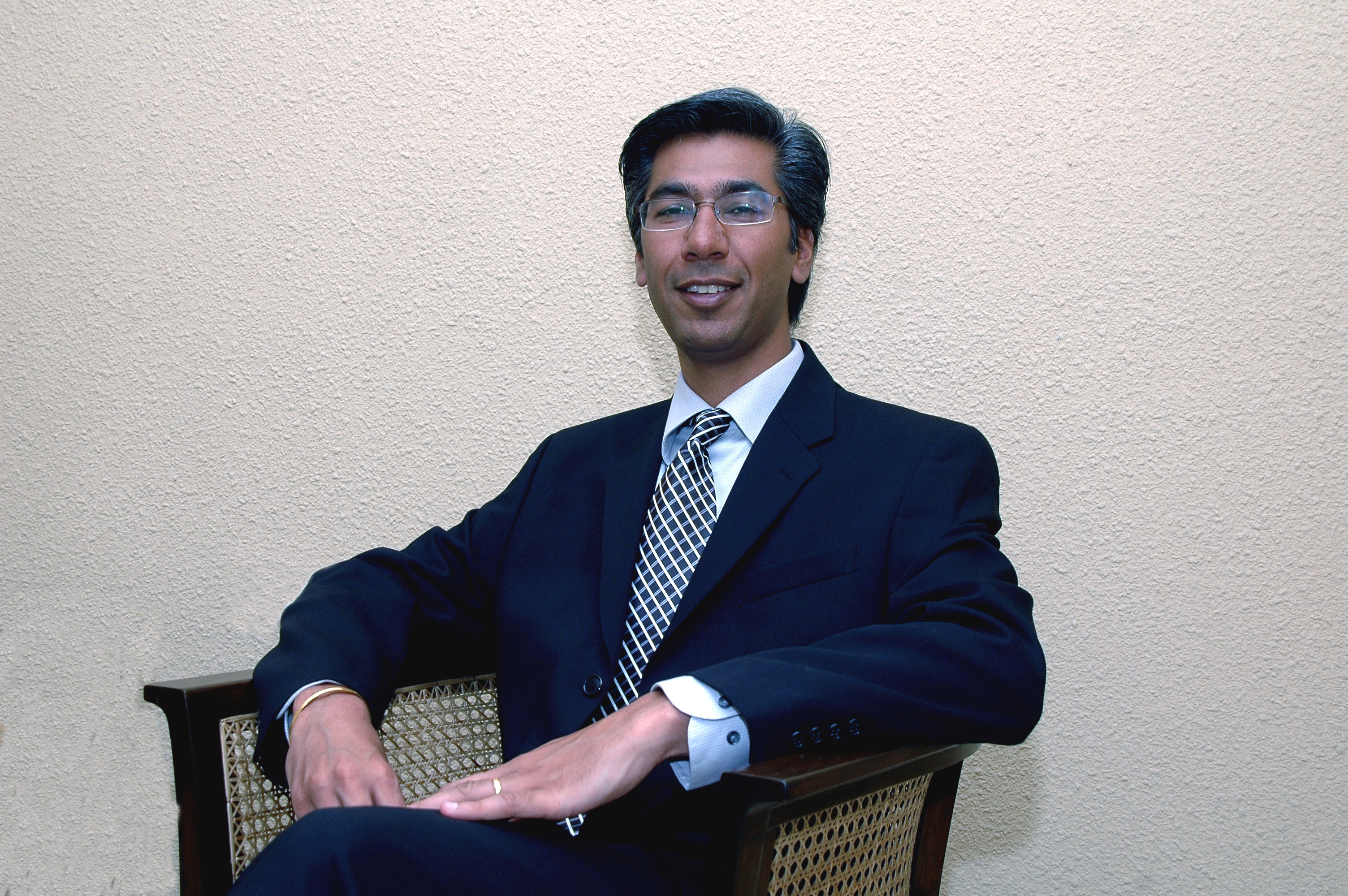 By: Rohit Gera, MD, Gera Developers
By: Rohit Gera, MD, Gera Developers
Track2Realty Exclusive: The gradual steady price rise philosophy in Pune property market also helps keep speculators away from the projects. We do not get too many instances of investors booking entire buildings or investing in projects with a view to exit in a few months with profit booking.
The other aspect about the Pune market is the fact that there are an extremely large number of developers in the city. CREDAI Pune Metro has over 325 members registered. This leads to a situation of hyper competition. No single developer has a market share in excess of 2 per cent.
As a result of this intense competition, developers are not able to follow any run away pricing policies and as such, the prices continue to rise in moderation. In fact, if one is to consider risk adjusted returns when factoring land at current market prices, the margins earned by developers is not attractive. The profitability is buoyed by the land appreciation which does not have true value addition done by developers.
When one turns attention to the supply side, we find that the total stock of projects that were under construction and projects that were ready but had stock to sell rose from 1.78 lakh apartments in December 2011 to 2.03 lakh apartments in June 2012 and increase of 14 per cent in 6 months.
While this figure certainly is a big jump, the corresponding supply of stock remained steady at approx. 20 per cent. This indicates that developers continue to launch stock that sees regular absorption.
The 2008 meltdown has certainly got developers to focus far more closely on the phasing of the projects. New phases in projects get launched only when older phases get reasonably sold. Each phase now is smaller than phases in the past. This too keeps the overall over supply situation reasonably under control.
Moreover, Pune continues to remain a destination for end users to own homes to occupy. This leads to the arrival of retail, leisure and other infrastructure sooner than if projects in any area were to be full of investors.
All in all, I believe that these characteristics of the Pune realty market will continue to contribute to Pune being a sought after destination for home owners to purchase homes.





